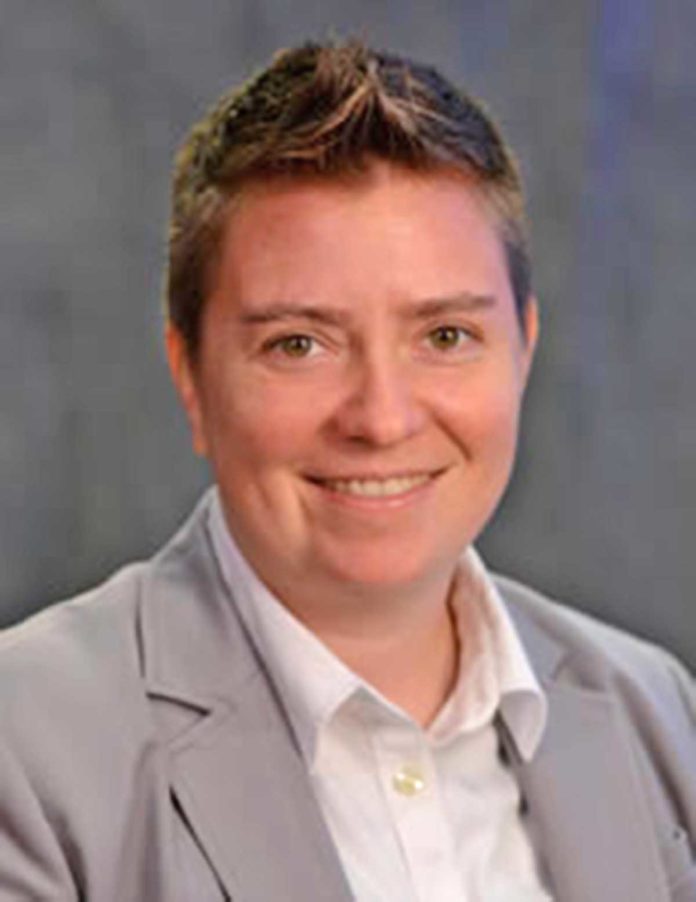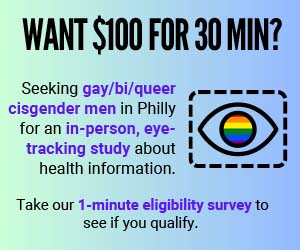This week, the National LGBTQ Task Force launched phase two of their Queer the Census campaign. Queer the Census provides education on the current census and advocates for change in future censuses. Even though the 2020 Census asks no sexual orientation or gender identity (SOGI) questions, Policy Director for the National LGBTQ Task Force Meghan Maury explained why it is still important for LGBTQ people to be counted this year.
“As a person who is nonbinary, I have that same critique in my own gut about the census,” began Maury, “When I go to fill out the sex question, it does not include my identity. That is frustrating.” Despite the lack of questions designed to collect SOGI data, Maury and the Task Force as a whole, believe it is still imperative to fill out the current census.
According to a study conducted by the Urban Institute, the 2020 Census is likely to express between 0.27% and 1.22% greater expected undercounts than the 2010 Census. The study reports that communities of color are more likely to be undercounted and white, non-Hispanic communities are more likely to be overcounted. Renters are less likely to be counted than homeowners and those who own multiple homes are overrepresented, according to the study.
Inevitably, those with lower incomes and more systemic barriers are undercounted. The Center for American Progress reports 20.9% of LGBTQ families receive Medicaid and 22.7% receive SNAP benefits, compared to 12.9% and 9.7% of heterosexual families respectively. The various barriers to accurate representation are precisely why Maury said the National LGBTQ Task Force dedicates resources to the census.
“We’ve been working on the census since 1990,” said Maury, “This campaign, Queer the Census, has existed in name since the last census in 2010. In 2010, we sent people stickers and asked them to put the sticker on the outside of their forms so they could self-identify their sexual orientation. We knew that wasn’t going to work for 2020 because so many people are going to respond online. So, we revamped the campaign.” According to Maury, many areas in the nation are “still lagging,” particularly in places where LGBTQ folks need support offered by the census.
“The Census helps LGBTQ communities access federal funding for social programs,” said Maury, “and helps us build political power and helps us enforce civil rights protections.”
The census is used to distribute a $1.5 trillion in federal funding to programs that, according to Maury, “LGBTQ people disproportionately need like Medicaid, food stamps, and public housing.” This funding is also allocated to more LGBTQ-specific programs such as Housing Opportunities for People Living with HIV/AIDS (HOPWA) and LGBTQ youth homelessness prevention programs that use census data as a baseline.
Another benefit of having census data, said Maury, is that it allows the LGBTQ community to build political clout. “The census governs how many representatives we have in congress,” said Maury, “it’s used to determine political power at the state and local level. At a time when there’s anti-LGBTQ legislation in dozens of states and anti-LGBTQ efforts at the federal level, it’s really important for our folks to be counted so we can build that political power to fight back.”
Queer the Census also offers robust educational programming. The campaign provides webinars and virtual tours in order to ensure that LGBTQ folks can understand both the technical component to answering the census online and how to navigate certain questions that might cause unease. “Our virtual tours walk people through the census form and give information about each question on the form,” said Maury, “Folks speak from their own experience of what filling out questions were like. For example, the sex question on the census has binary response options — you can only answer male and female. We use those virtual tours as one way to grapple with that question and how they want to answer it for themselves. We walk people through those difficult questions, but also on how to respond if they lack a physical address if they’re experiencing homelessness or housing instability.”
In August, census enumerators will begin “non-response follow-ups” and start going door to door and calling people to get them counted. But, the federal government has extended the timeframe to self-report until October 31. “It sometimes feels like that we’re dedicating all this time and energy and resources to something that is not inclusive of us,” finished Maury, “But, we do it because of tomorrow. If we’re able to build up power, we can have questions on the next census that are more reflective of our community.”

